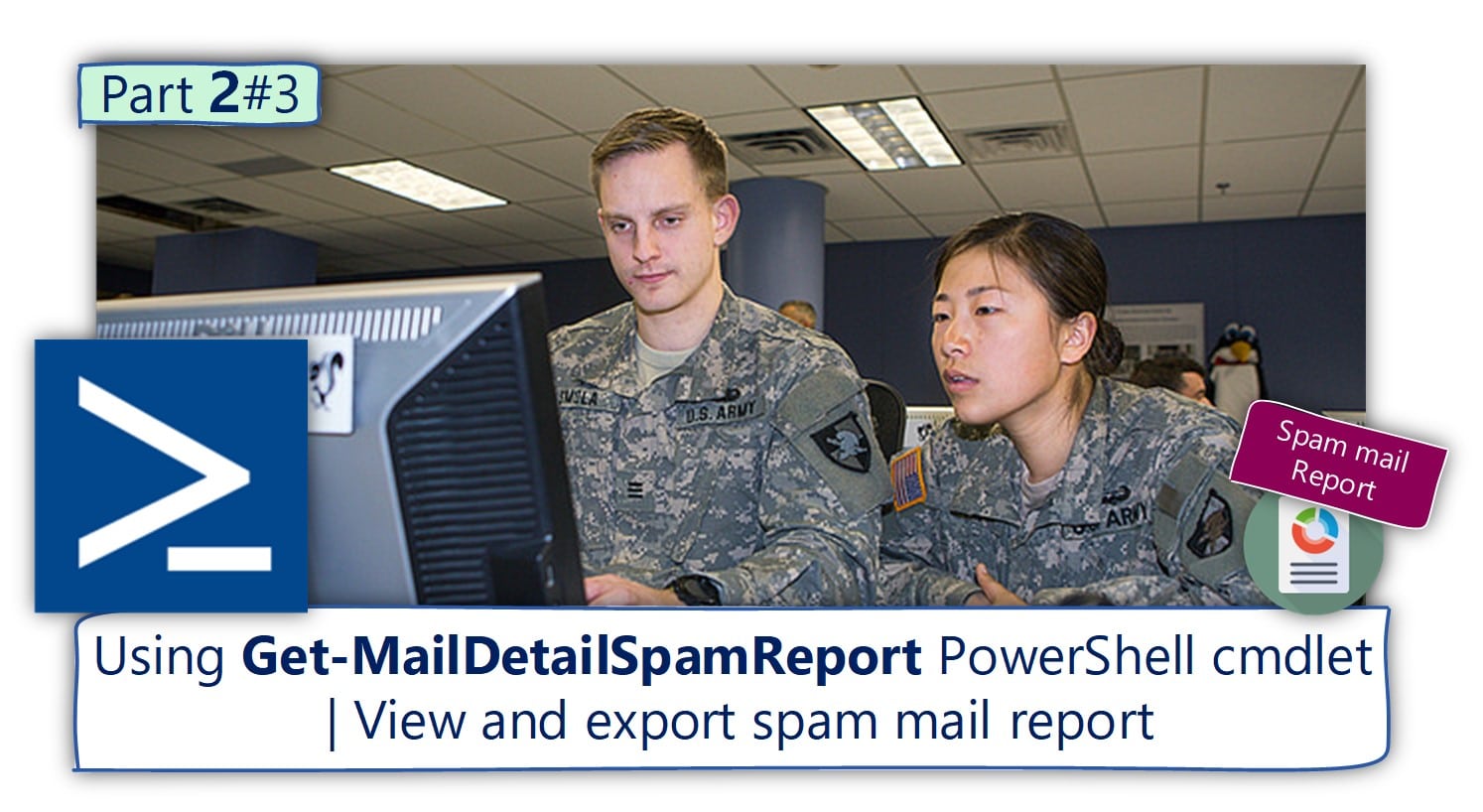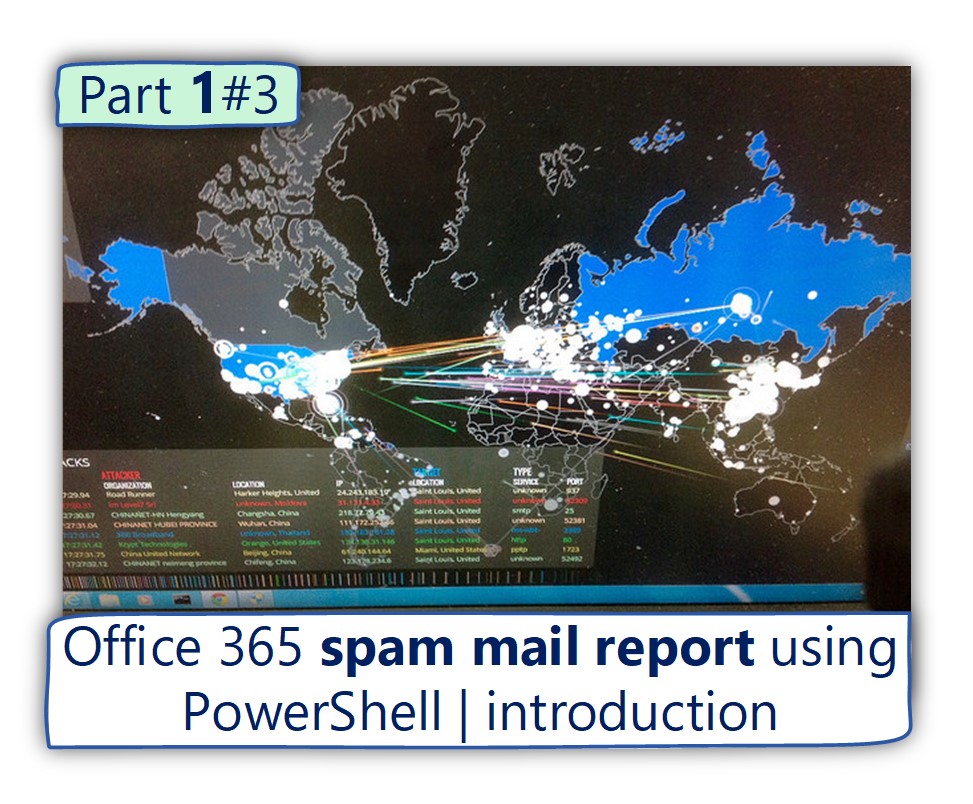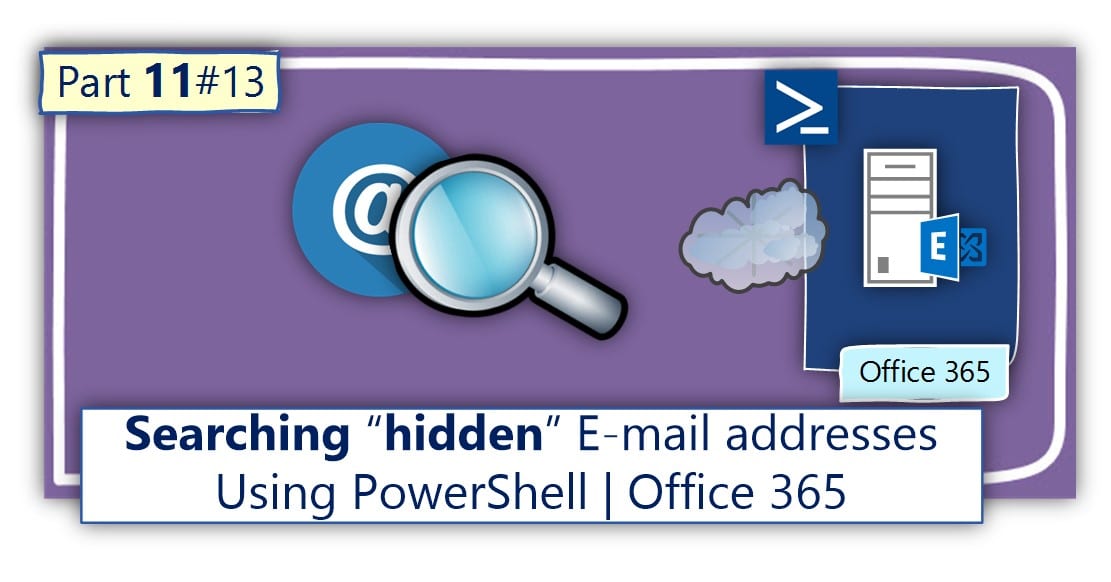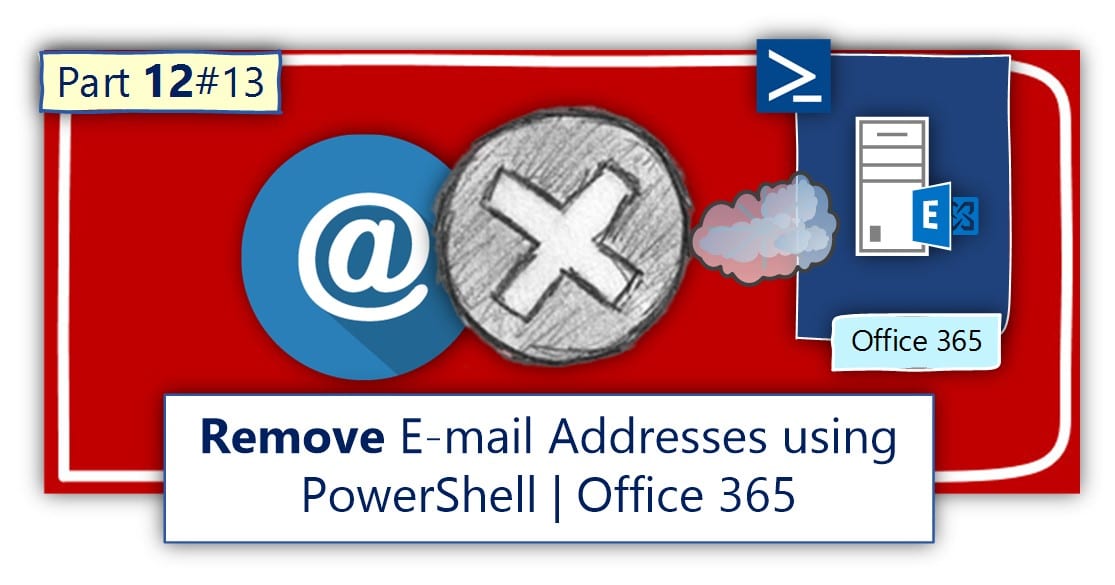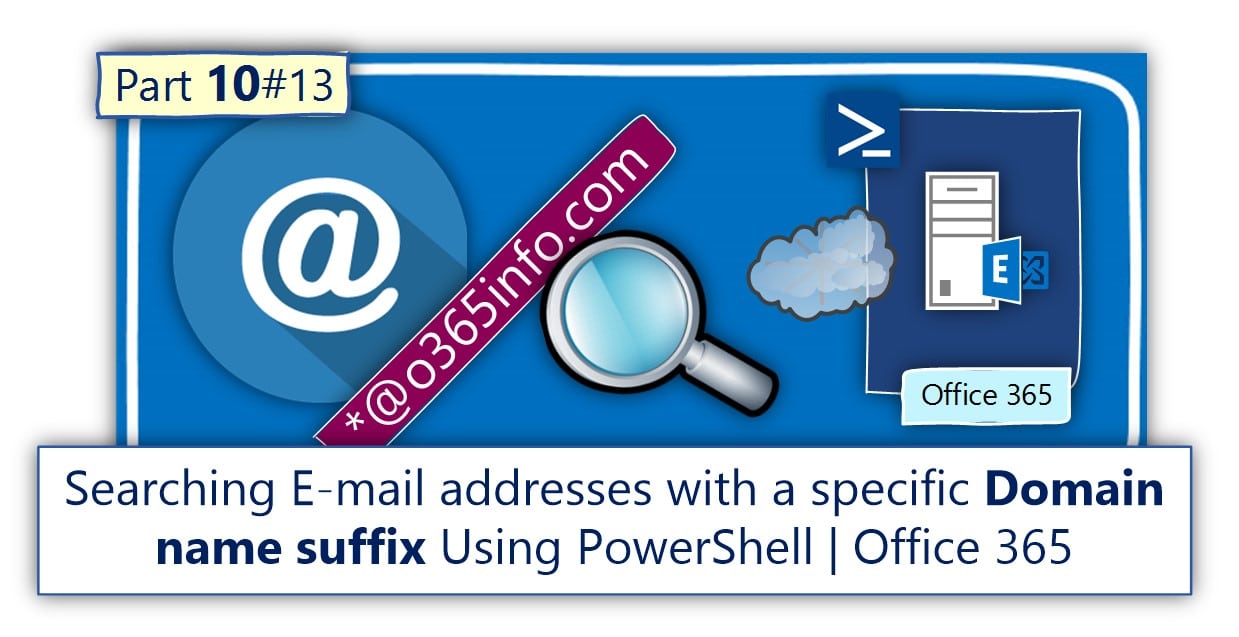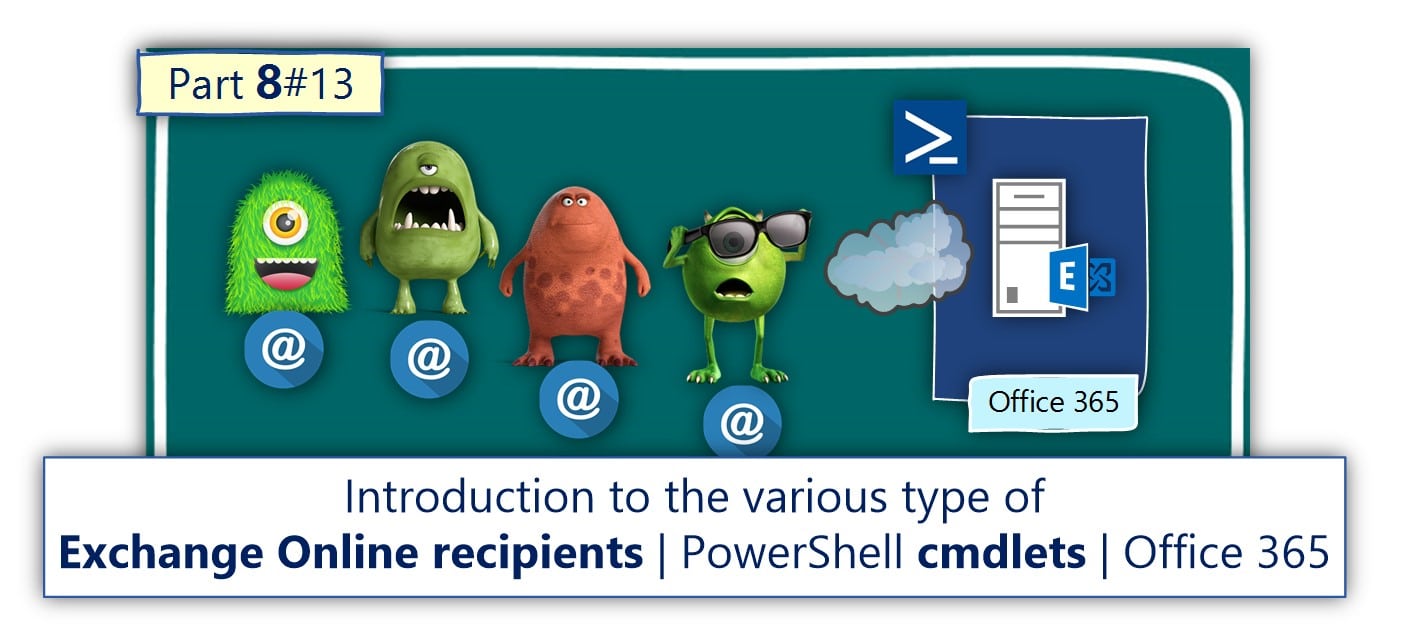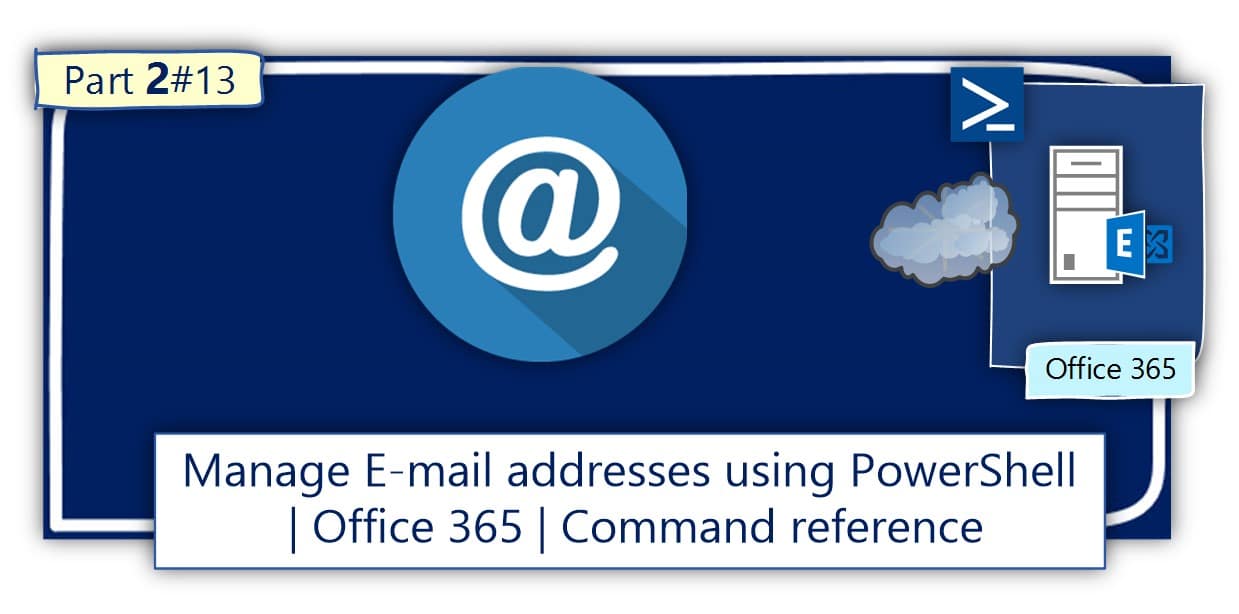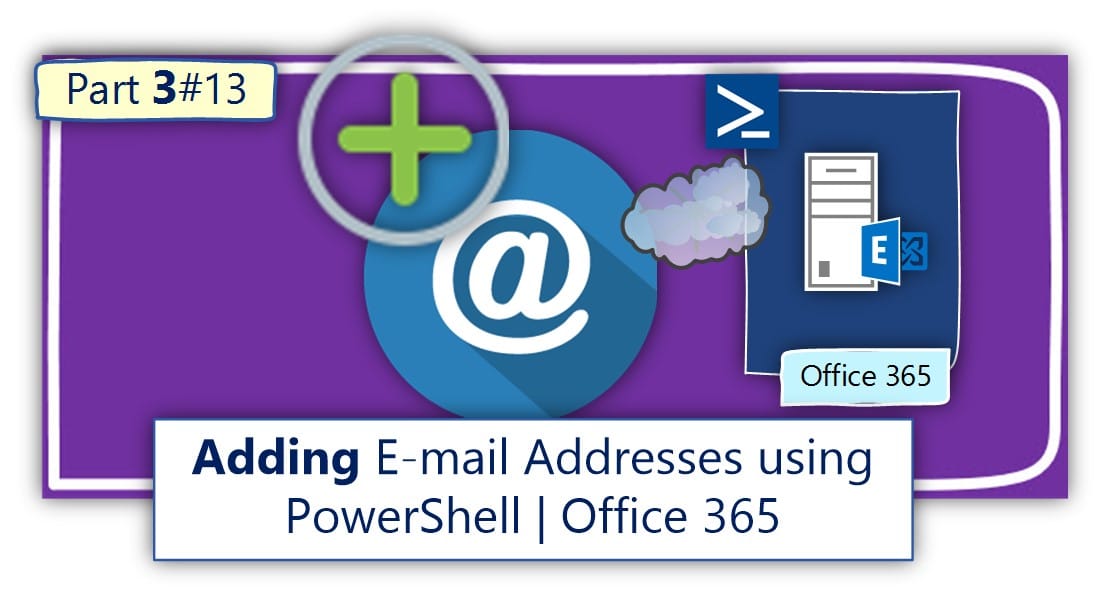Using Get-MailDetailSpamReport PowerShell cmdlet | View and export spam mail report | Part 2#3
The PowerShell Get-MailDetailSpamReport cmdlet was created as a tool that simplifies the process of viewing and “dumping” information stored in Exchange Online spam log file. The Exchange Online spam log file serves as a store that holds the documentation for…
